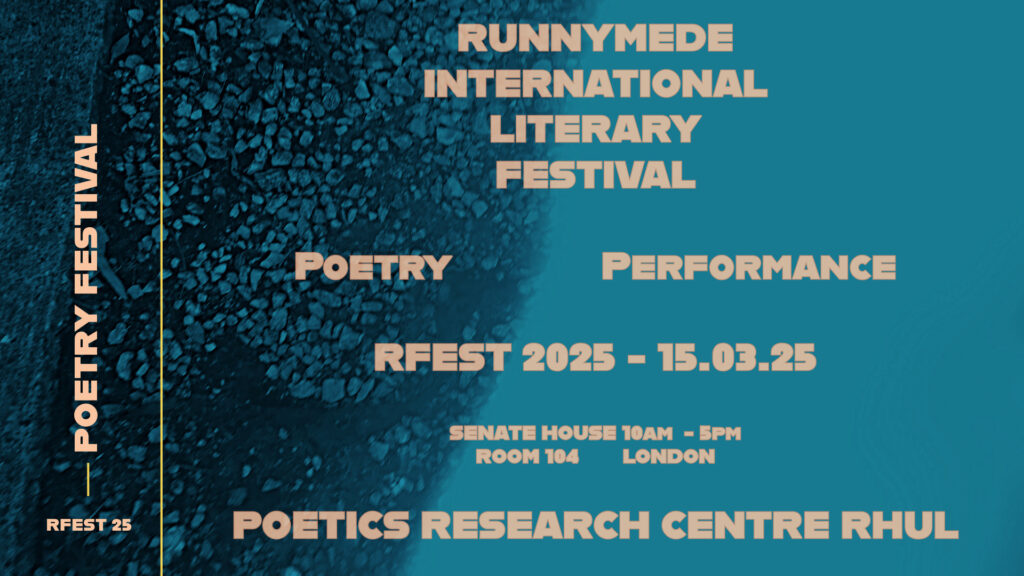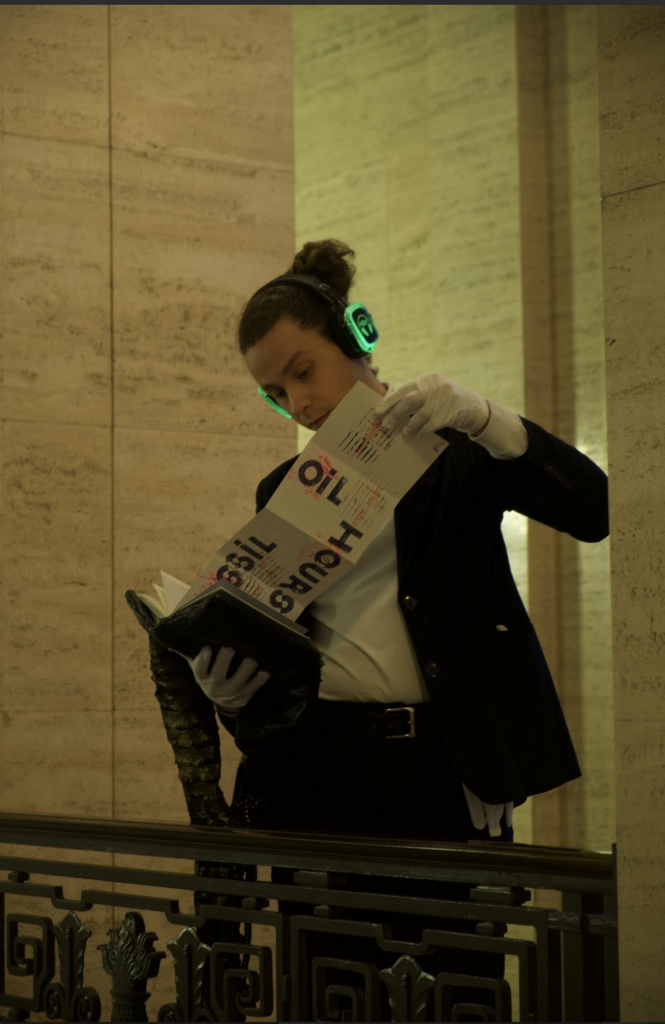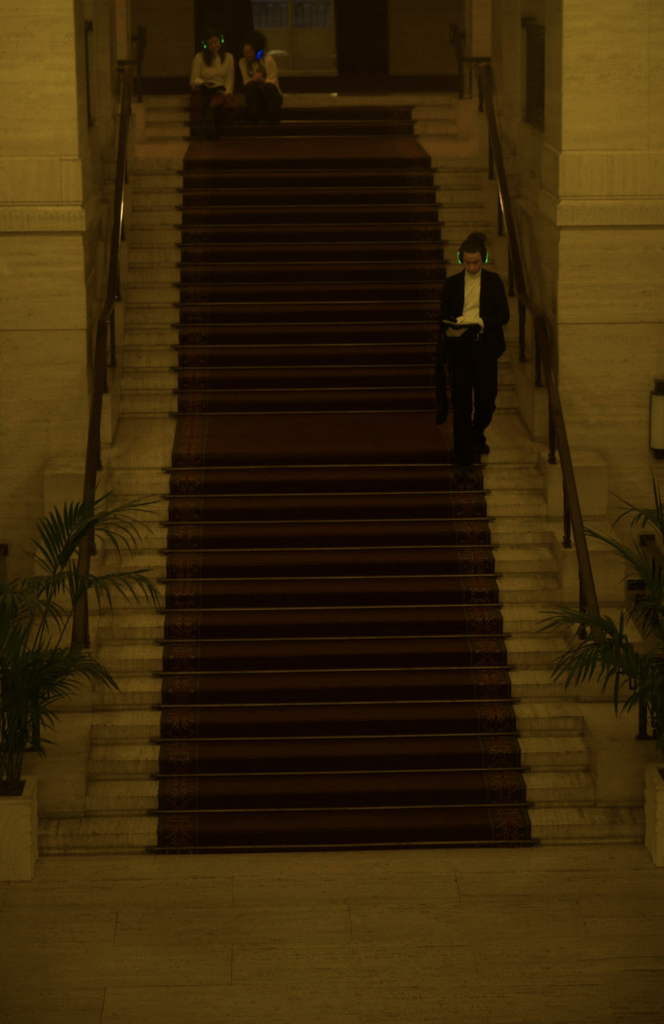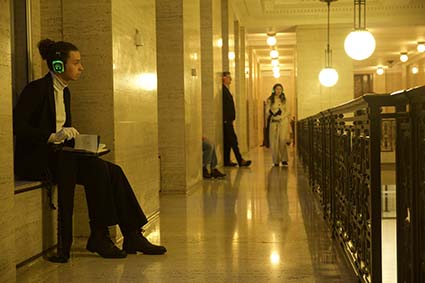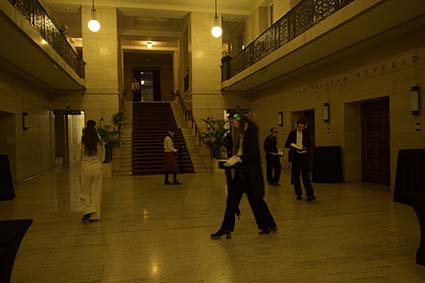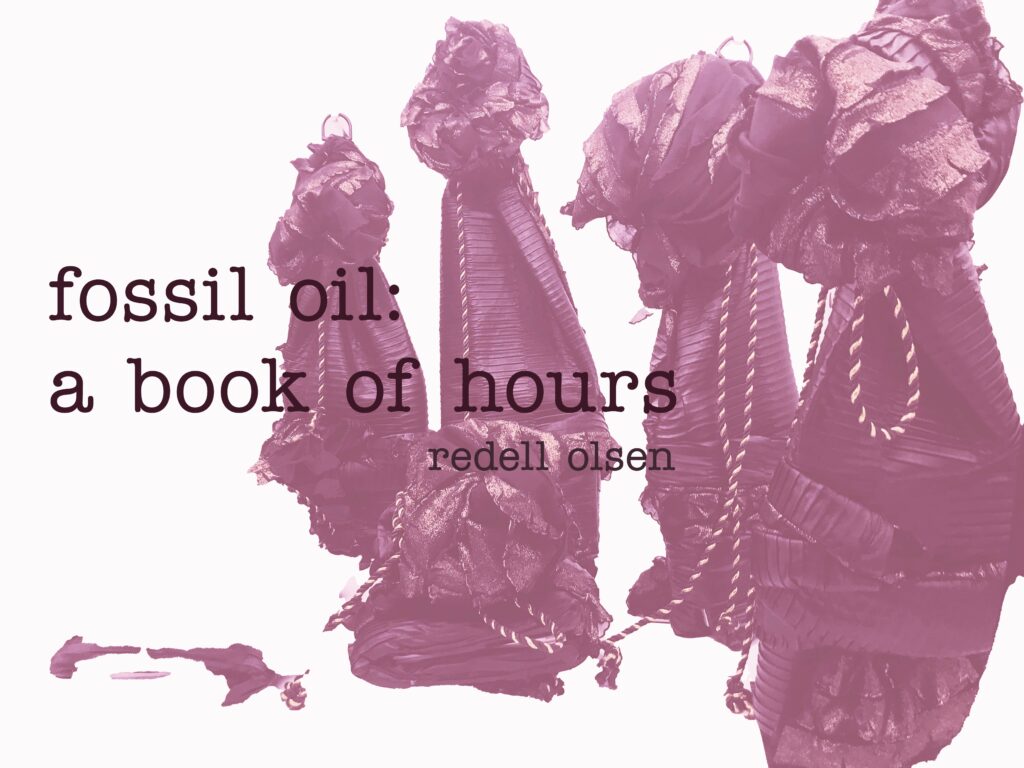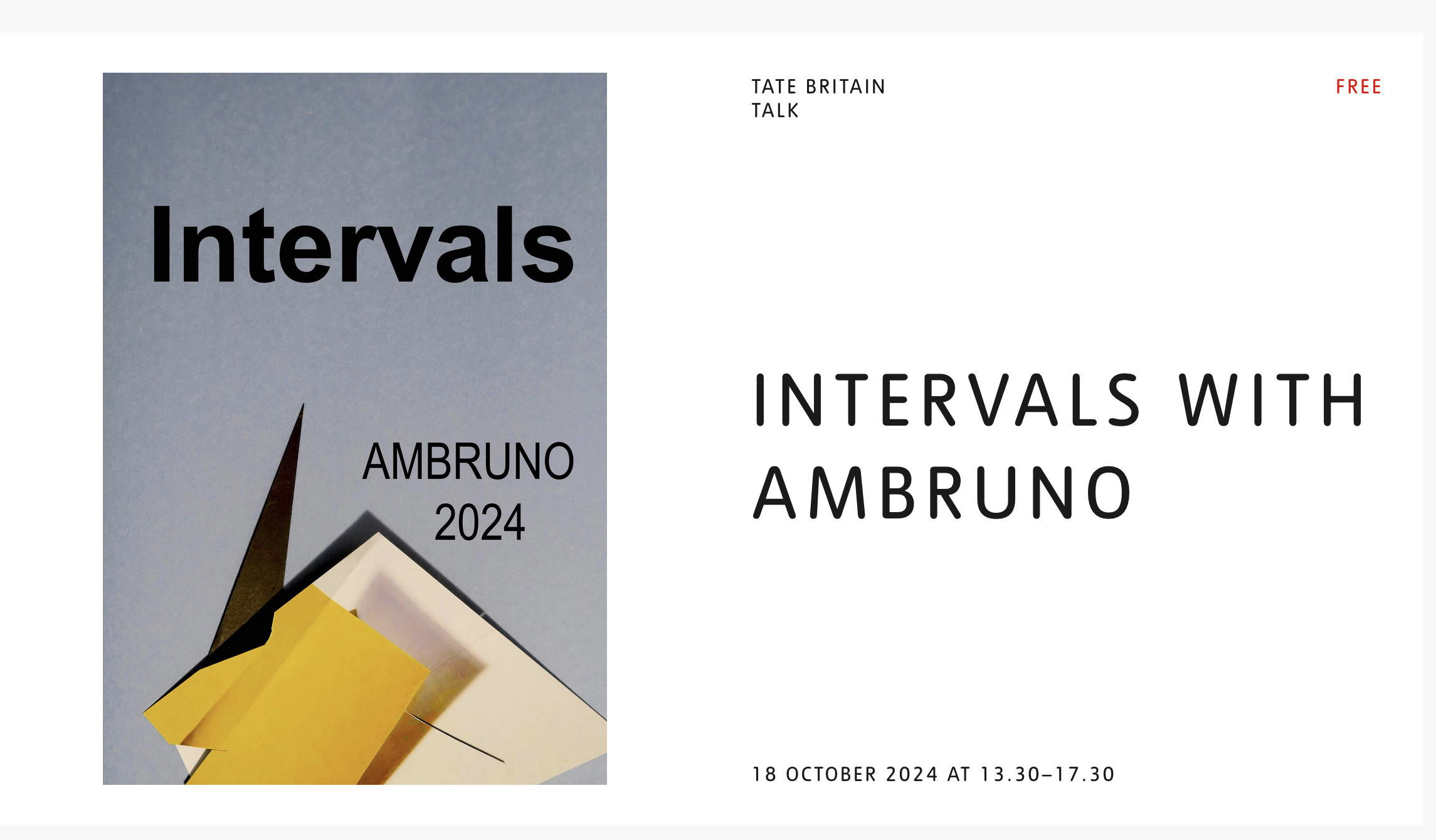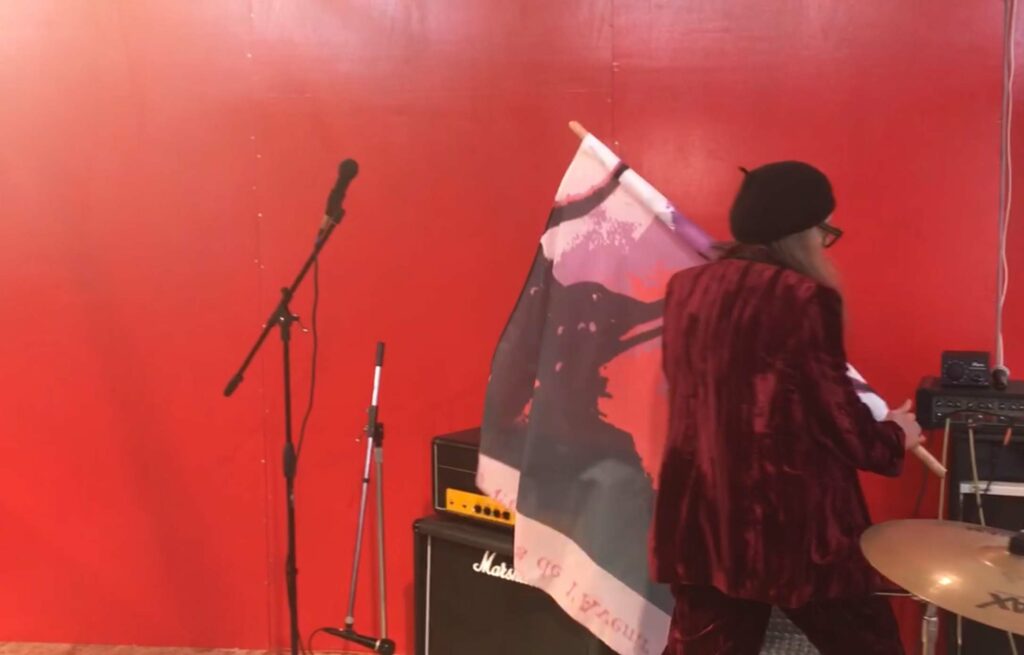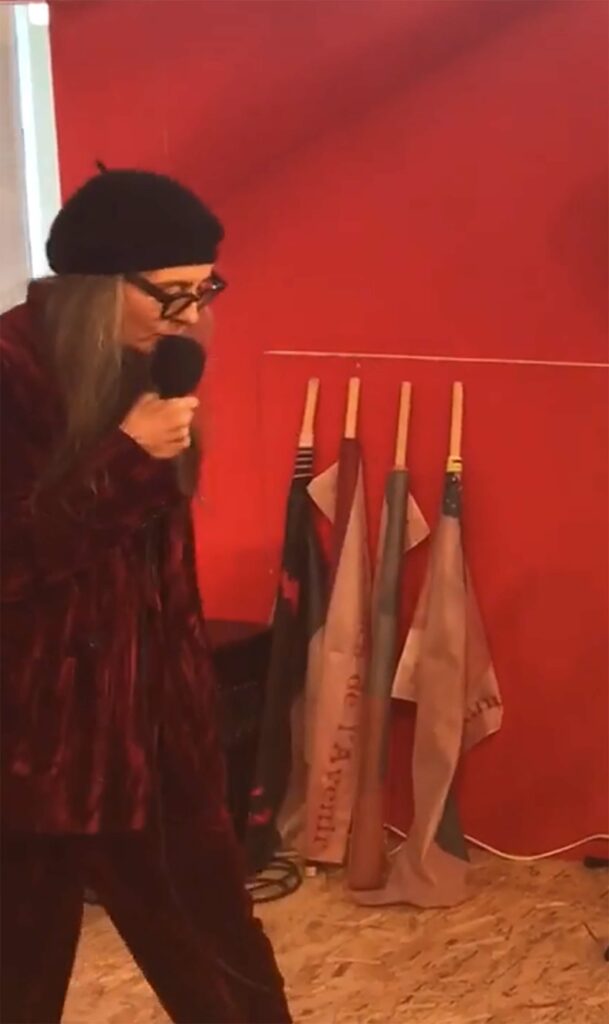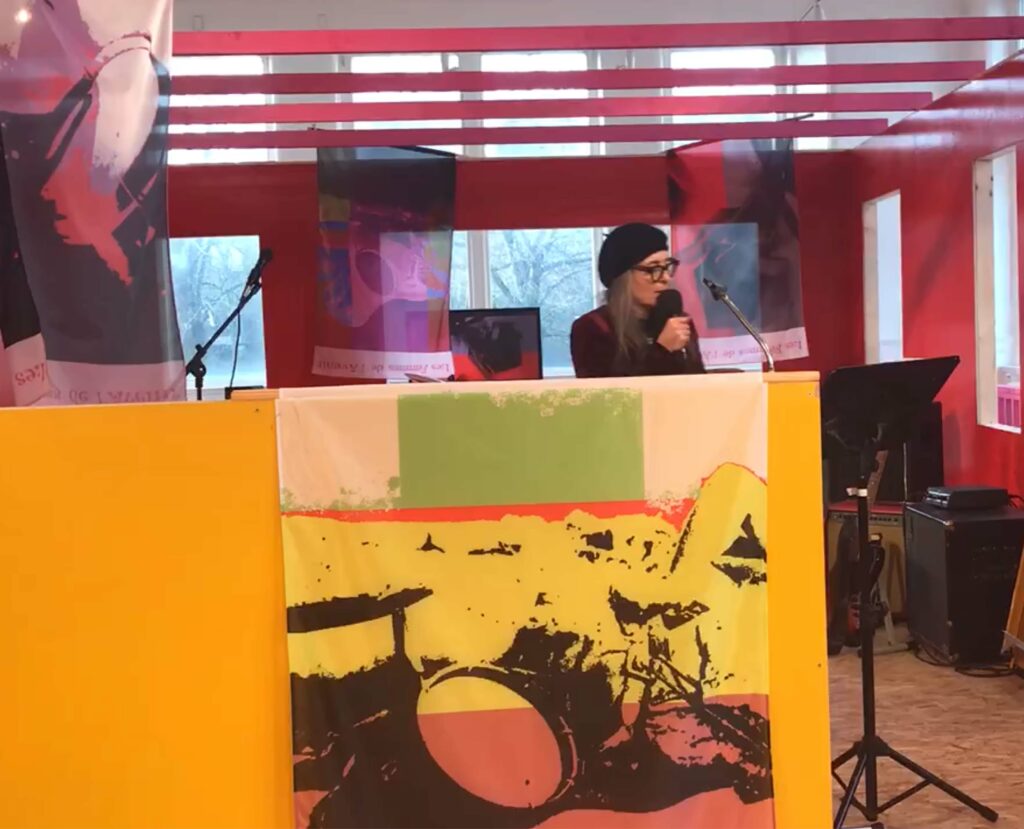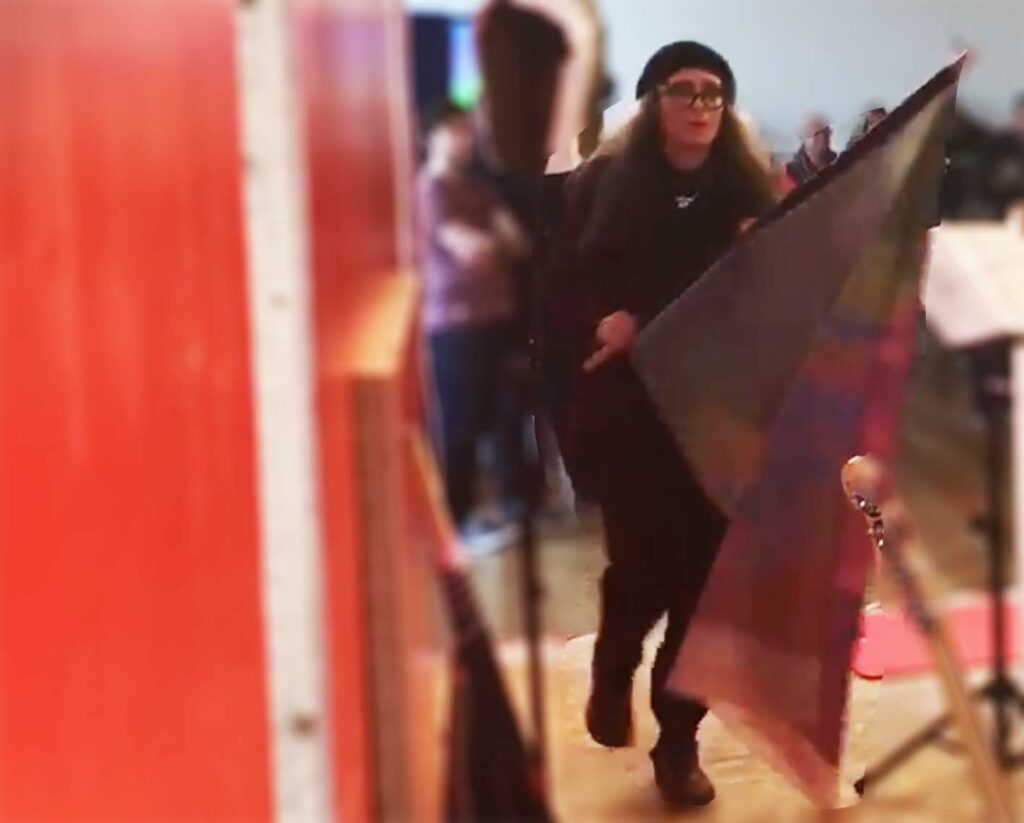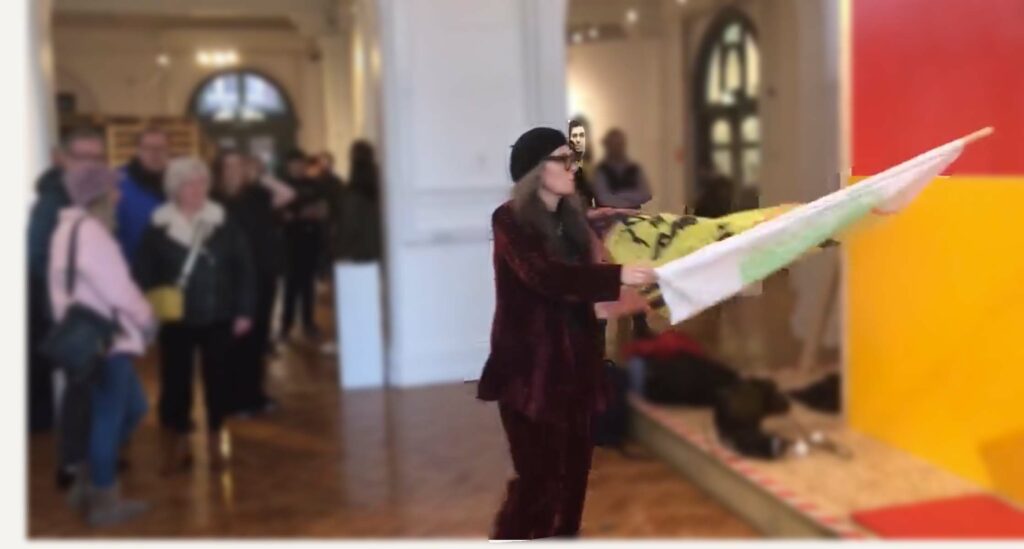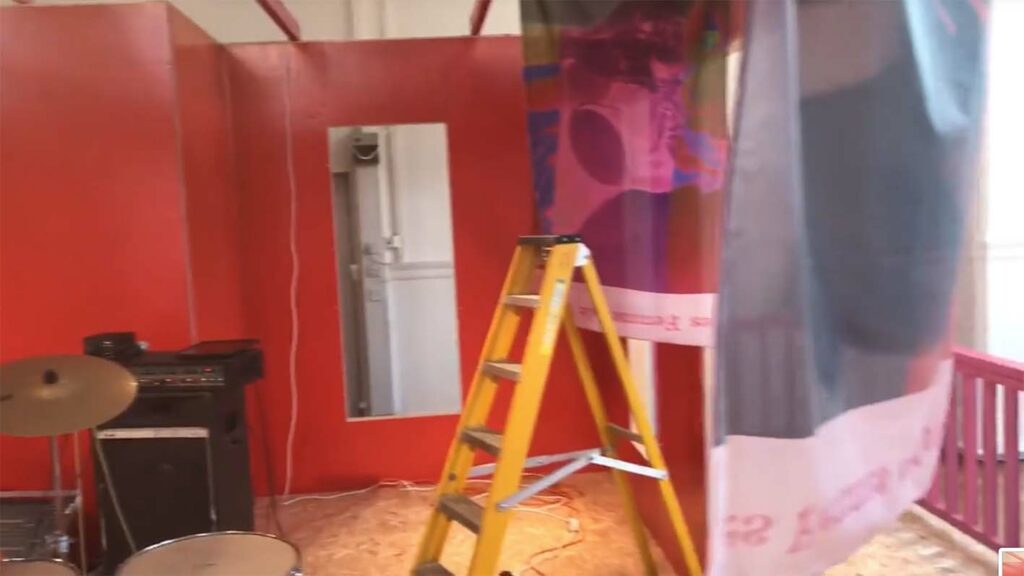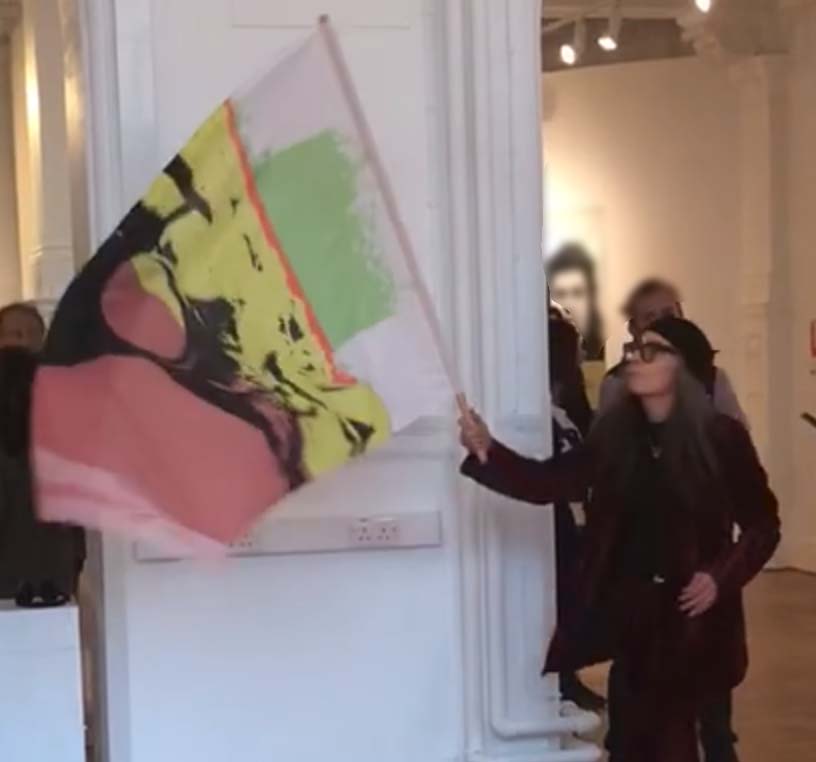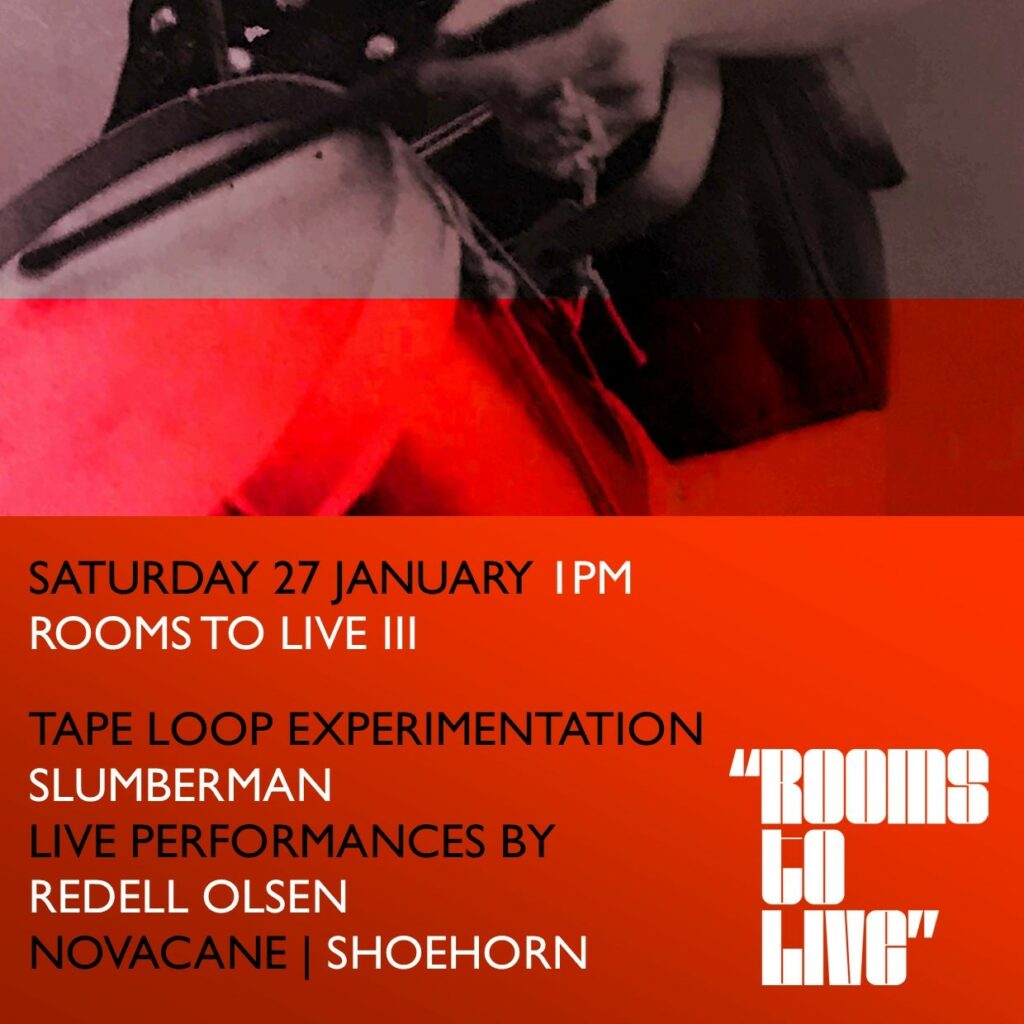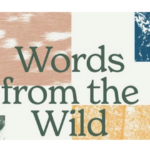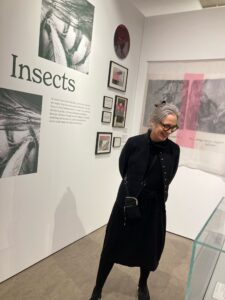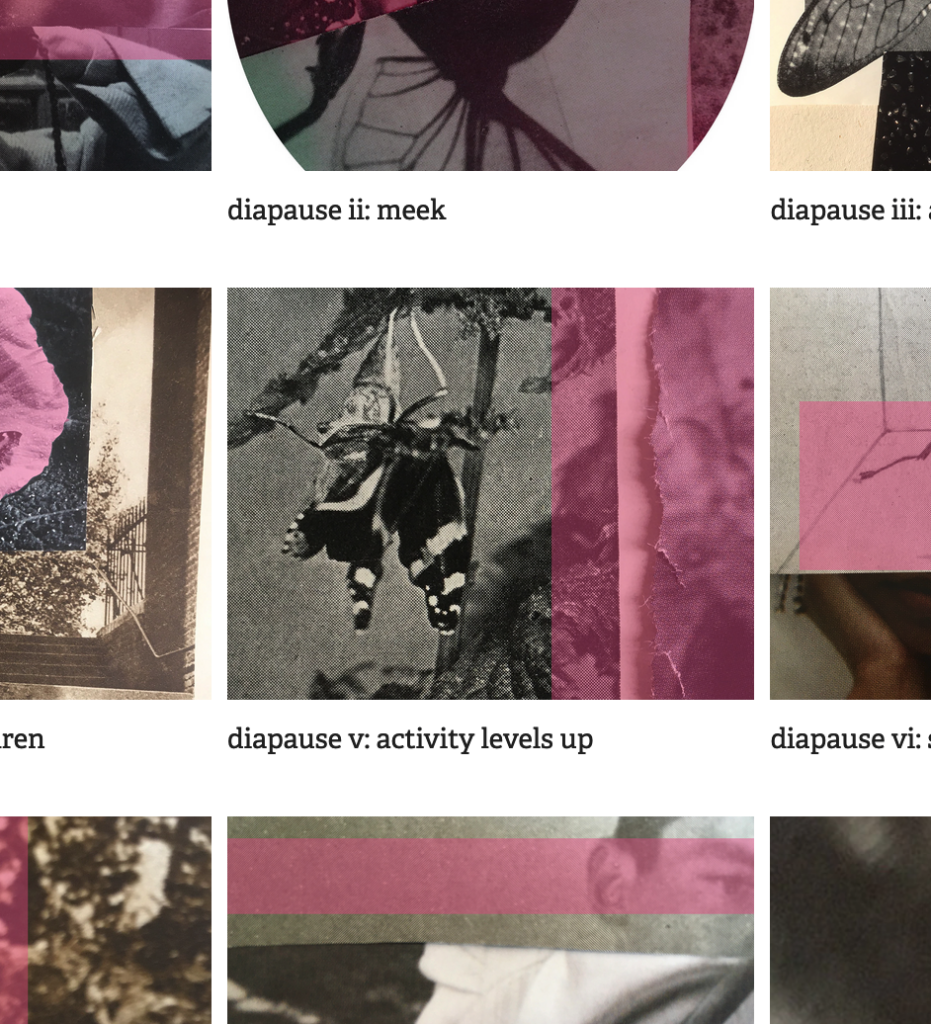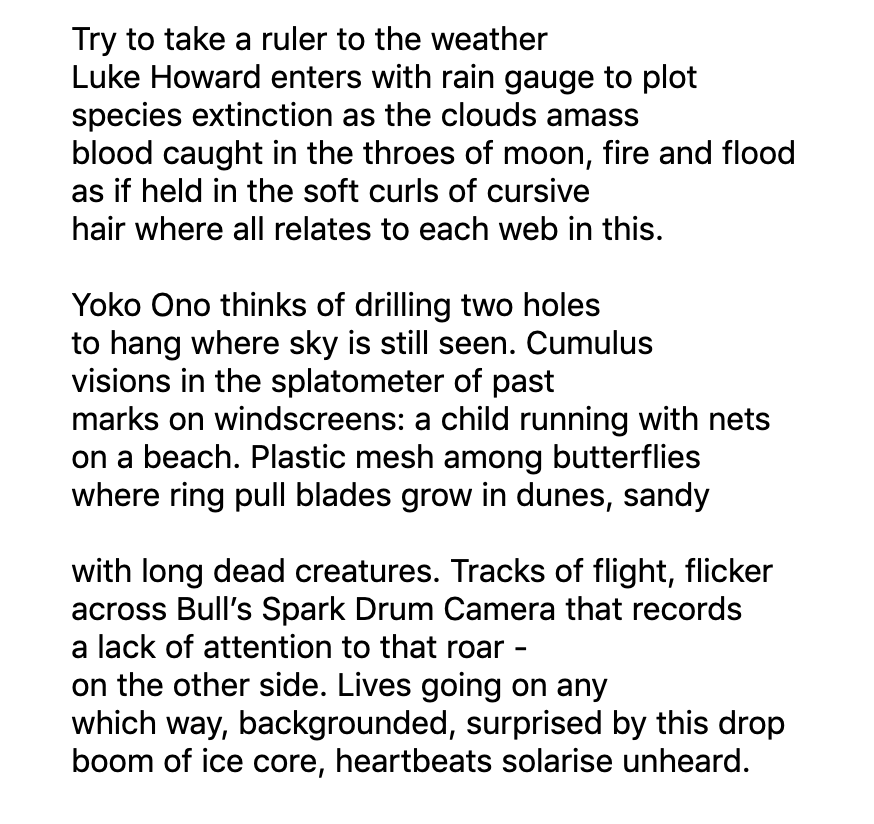Delighted to be reading a new poem at the launch of Karenjit Sandhu’s new book.
https://www.tate.org.uk/whats-on/tate-britain/karenjit-sandhu-gestalt
Join Karenjit Sandhu and special guests to celebrate the Panchayat Collection and the launch of gestalt
Karenjit Sandhu’s gestalt is a new poetry collection shaped by her research into the Panchayat Collection at Tate Library. Founded in London in 1988 by Shaheen Merali and Al-An deSouza with Bhajan Hunjan, Symrath Patti and Shanti Thomas, Panchayat was a pioneering group of artists engaged in artmaking, activism and communal archiving. The Panchayat Collection brings together books, catalogues, magazines, videos, slides and ephemera that reflect this collective history and capture a wide range of artistic, cultural and political experiences, often focusing on race, class, gender, and memory.
programme
2pm Welcome; Panchayat Collection show and share
3pm Readings: Azad Ashim Sharma, Bhanu Kapil, Iain Morrison, Redell Olsen
4pm Break
4.15pm Talk: Azad Ashim Sharma
4.20pm Live performance: Karenjit Sandhu

